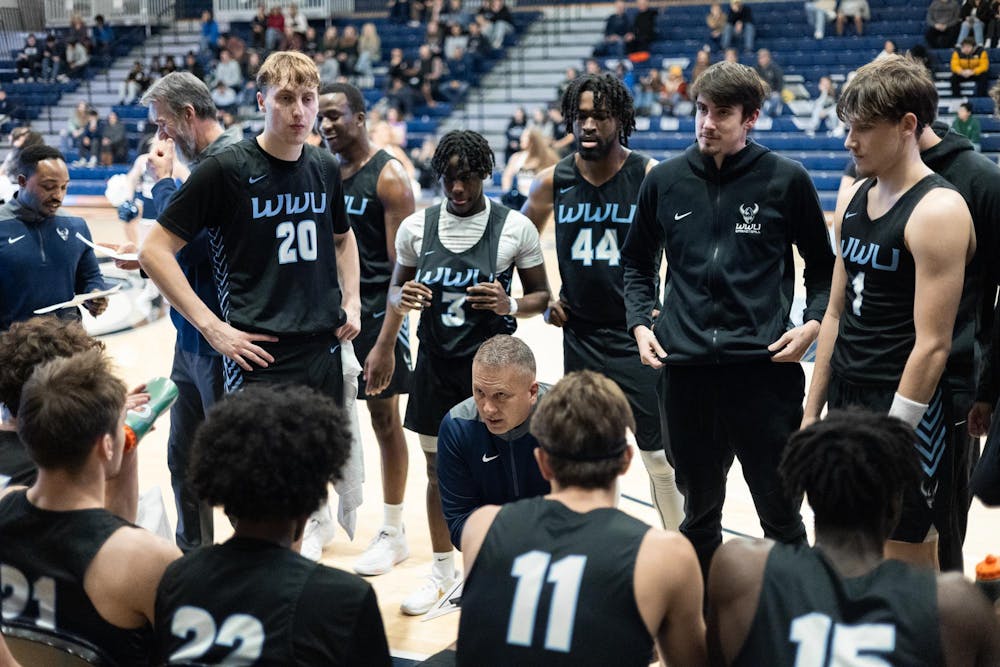In 2021, 2,180 Division II student athletes transferred to another school. In 2023, that number was 3,453. That’s a 63% increase in two years. For Division I student athletes in 2021 there were 9,806 portal transfers. In 2023 that number was 13,025. That’s a 75% increase in two years.
The landscape of collegiate sports has seen many changes in recent history. Allowing student athletes to make money off their name, image and likeness might be the biggest change. It’s a policy that was written in 2021, but pushed through legislation in January.
“The NCAA does not currently collect data on student-athlete NIL activity; thus we cannot pinpoint the exact impact NIL has had on the Transfer Portal. There have been multiple changes in eligibility and transfer rules since the advent of the Portal, and disentangling how each has impacted transfer movement is not possible,” Massillon Meyers, assistant director of communications of external engagement for the NCAA, said in an email response.
In addition to NIL, student athletes during the COVID-19 pandemic were given an extra season of eligibility, allowing athletes to compete for five years rather than four.
Student-athletes in all sports are allowed a one-time opportunity to transfer and compete immediately, which was implemented in 2021, Meyers said. Before that, student-athletes would have to sit out for a season before competing with a new school. Athletes can now transfer as many times as they want, but can only play immediately once.
Meyers said one of the largest changes in transfer portal activity is the increase in postgraduate students entering the portal, a rule that changed in 2021. In 2020, just over 20% (3,057) of Division I transfer portal entrants were postgrads. In 2023, about a third (4,258) of all Division I portal entries were pursuing post grad opportunities.
Division II Western Washington University men’s basketball head coach Tony Dominguez and Division I University of Montana men’s basketball assistant coach Jay Flores shared their experiences and thoughts regarding the transfer portal.
“It’s becoming more transactional than it is about mentorship,” Dominguez said.
Flores said the difference between his first year at Montana to this year is night and day. UMT hosted around 12 visits in the spring whereas in the past they would host around three.
“It has been difficult to keep up with,” Flores said.
Western’s men’s basketball has seen a lot of roster changes this offseason. Kai Johnson, who led the Great Northwest Athletic Conference in scoring, committed to UMT. Nic Welp, who led the Vikings in rebounds per game (7.9), committed to Cal State San Bernardino. BJ Kolly, who had a shortened season due to injury, committed to Montana State University.
The Vikings have filled almost every position on the team for the upcoming year, Dominguez said. They recruited some players from high school, junior college and some from the transfer portal. The organization likes to keep the transfer portal balanced, Dominguez said.
In the 2021-2022 NCAA Coach Well-Being Survey, 31% of Division II coaches expressed that they were very concerned about preventing current players from leaving their team.
In 2023, the destination for 60% of Division II transfer portal entrees was another Division II university, compared to 32% that landed at Division I universities.
Recent Western alumni and All-American basketball athlete, Brooke Walling, is familiar with the transfer portal as she transferred to Western from Fresno State in the 2021-2022 academic year.
“The looser restrictions benefit the student-athlete just because most of them [restrictions] were what was holding athletes back from trying to be happier in a different situation,” Walling said.
A concern Walling expressed is that with so many barriers being removed, athletes might not take the time to make sure they’re picking the right school because if all else fails, they can just move on to the next one.
Aspen Garrison, a forward on the Western women’s basketball team transferred from Saint Mary’s College of California to Western for the 2023-2024 academic year and had her own reasons for entering the portal. Garrison said coaching changes at Saint Mary’s significantly changed the program, making it different from what she originally signed up for.
“The transfer portal can provide people with other options when athletes don’t see eye-to-eye with teammates, or coaches or even ones who experience homesick or burnout,” Garrison said. “I chose Western primarily to come back home and play for my mom and in front of my family and community, but it wasn’t just that. I knew a lot of the team coming in and I knew their values and winning mentality.”
On April 17, the NCAA Division I Council unanimously decided to adopt a package of rules that would allow student athletes to be immediately eligible for competition as long as they are in good academic standing, regardless of if they had previously transferred. It’s the council’s intention that these rule changes remove barriers between long-term academic success and well informed decisions about transferring.
Nathan Barber is in his third year at Western and will be majoring in Visual Journalism. He’s an avid kitty cat enthusiast. You can usually find him either on Mount Baker during the weekends, or at the skate park in downtown Bellingham during the week. Reach him at nathanbarber.thefront@gmail.com.






